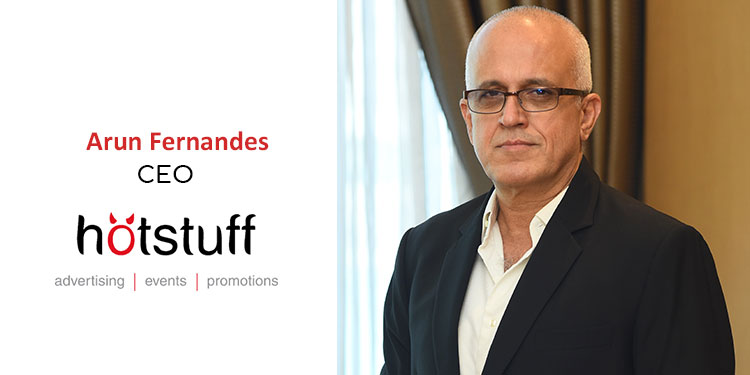The world we live in, is now a virtual marketplace. With brands quarrelling for digital shelf space. Speaking about the BFSI space, many leaders did make investments to lay the foundations for digital transactions and e-selling of their products. The terms Robo Advisory, e-KYC, and e-Insurance Accounts had started to already seep in. However, there was a sense of comfort in the air, as the organisations felt they had a head-start in terms of technology and that customers would catch up eventually. COVID19 pushed the entire nation indoors. This resulted in millions locked at home with nothing but a good internet connection and all the time in the world. What nobody had expected that the so-called consumer gap, which would normally take four to five years to be bridged, happened in a span of a few months. Now, the customers were more aware, informed, and eager to challenge the service provider.
With the infrastructure unable to cope with renewed expectations, agencies such as Hotstuff that dealt with a more organic problem, had to resort to new ‘themes’ on which content and communication would be created. The initial months saw a focus on persistency drives. Simultaneous upskilling initiatives were launched across BFSI corporates. For the first time ever, an entire commercial was filmed remotely, as the production team instructed actors to film themselves and the content was pieced together to create an investor education campaign on SIPs. There was also a huge thrust in strengthening the B2B and intermediary communication for the BFSI segment. COVID 19 has changed how buyers and sellers interact. While buyers remain the focus, it is important to further empower the actual seller – technologically, with insights – savvy salesmen (read IFAs and intermediaries for the BFSI segment) need to quickly align themselves to the new normal. Some of the new strategies adopted by the BFSI brands are as follows:
Benefits instead of values:
Sharp communications that list down the benefits while empathising with the pandemic scenario. How will the buyer’s money work harder during this scenario and why it doesn’t makes sense to be tight-fisted because of the low sentiment but be discerning
Personalised communication instead of generic empathy
Most marketers make the error of mere optics. Some communications seemed to be random cut & paste with just a change in the way it is said. This was more pronounced during the lockdown phase of the pandemic. The problem with marketing message that states the obvious doesn’t go down well with the consumer who probably has a decade old relation with the bank or the BFSI brand. In the new normal, brands will need to reward the relationship that the consumer has with the brand. Communications that are solution-based and not generic is the need of the hour and the seller or intermediary need to equip themselves with to engage with the investors/buyers
Digital instead of traditional marketing
With buyers being forced to spend time indoors and the time spent on the virtual markets, brands are increasingly aligning themselves to build communications and engage in conversations that speak to the attitudes and trends of online consumers. Digital communications, though challenging in a closely monitored sector, allows the sector to have direct contact with consumers in a controlled and transparent way which the traditional model of communication limits
Remote instead of physical selling
90% of sales have moved to video conferencing/phone/web sales model. While some scepticism remains, the new normal is throwing some amazing results with these new sales channels. And this is where the communication touchpoints would be. Hotstuff created online community webinars for specific demographics. Thematic content was dished out through IPs created for clients on topics ranging from Recruitment to Financial Planning. This helped garner a good reach with an average 5,000+ attendance per program.
Recessionary conditions crop up every decade or so. It’s up to agencies to live up to the task and put their creative mettle to the test, and for brands to evolve, adapt and transform. The ones who brave the storm always emerge as key players in the future.
Authored article by Mr. Arun Fernandes- CEO, Hotstuff.
















